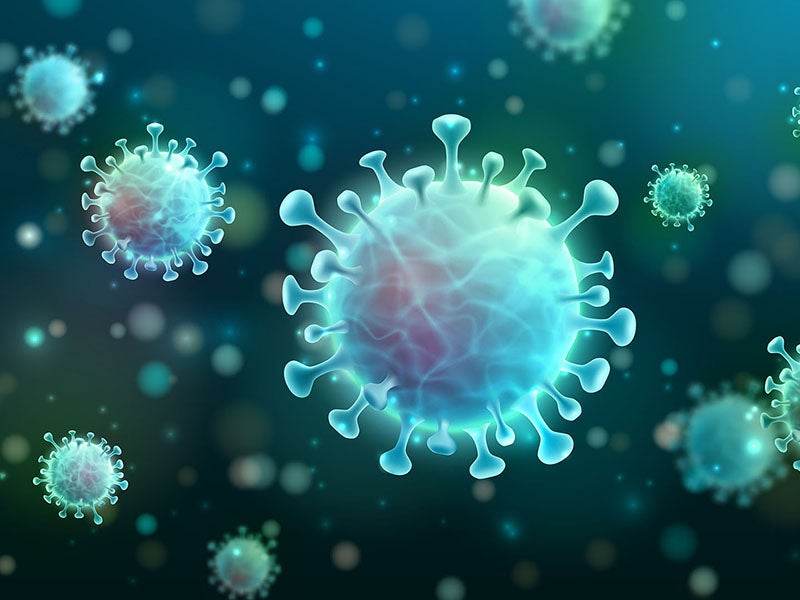With many COVID-19 cases going undetected, researchers question how much more widespread the virus may be in the U.S. population. Tulane University School of Public Health and Tropical Medicine is one of five institutions using antibody testing and symptom data to estimate overall COVID-19 infection rates over time.
“This is really important because a lot of COVID-19 infections are asymptomatic, and there is a lot of community spread that may go undetected,” said Dr. Richard Oberhelman, principal investigator for the Louisiana-based arm of the study and associate dean for global health at the school.
Tulane is participating in this study as part of the COVID-19 Community Research Partnership, which encompasses sites in North Carolina, Maryland, Mississippi, and Louisiana. Wake Forest Baptist Health serves as the lead institution for the study, which has been funded by the Centers for Disease Control and Prevention.
The local portion of the study will be done in collaboration with several area health systems, including Tulane University Medical Group (TUMG), DePaul Community Health Centers, and Access Health. Members of each health system will be invited to participate by completing an online registration form. Across the three organizations, approximately 100,000 invitations will be sent out, with the first slated to go out in November to TUMG members in New Orleans and Alexandria.
Both the DePaul Centers and Access Health serve large populations in the urban New Orleans area and include many individuals who might be at higher risk of exposure to the virus, according to Oberhelman. “Probably only small number [of those invited] will enroll, but even if it’s only 2 or 3% that’s an effective number to get a picture of COVID-19 rates in the population.”
By January, the team hopes to have institutional review board approval to add Children’s Hospital of New Orleans to the collaboration so that they may also enroll pediatric patients and study spread among children.
Researchers will also invite a random selection of New Orleans residents across the city to participate, which will prove a demographically representative view of COVID-19 in the city.
Over the course of the study, participants will report daily exposures, risk-reduction behaviors, and respiratory disease symptoms through a secure app on their smartphone, tablet, or computer. In addition, a systematic sample of participants will receive at-home test kits every month or two to identify levels of COVID-19 antibodies.
“We will be able to follow the same population to determine how virus rates change over time. This is probably very timely because we’re now having a major surge of COVID-19 across the United States so we expect that we’re going to see changes in these outcomes over the next year.”
RICHARD OBERHELMAN, MD
“We will be able to follow the same population to determine how virus rates change over time,” says Oberhelman. “This is probably very timely because we’re now having a major surge of COVID-19 across the United States so we expect that we’re going to see changes in these outcomes over the next year.”
Electronic health record data will be accessed to complement participant self-reported data. Additionally, the effectiveness of some personal protective equipment will be analyzed among health care workers.
Using health records, patient survey data, and antibody testing, the study will provide urgently needed estimates of how many people in a given area have COVID-19 and overall infection rates over time. It will also examine geographic, demographic, and clinical trends within and in comparison to each region. This type of data is important for policymakers making decisions on reopening the state’s economy.
In addition to Oberhelman, four other faculty are involved in the study: Dr. Joseph Keating, professor of tropical medicine, Dr. Patricia Kissinger, professor of epidemiology, Dr. Josh Yukich, associate professor of tropical medicine, and Dr. John Schieffelin, adjunct assistant professor of tropical medicine as well as associate professor of pediatrics at the School of Medicine. The team also includes a research coordinator and soon an outreach and data manager.
As the research gets underway, the team intends to share data on the study website as well as with the New Orleans Health Department and the healthcare partners of the study.
—Dee Boling and Keith Brannon
###

